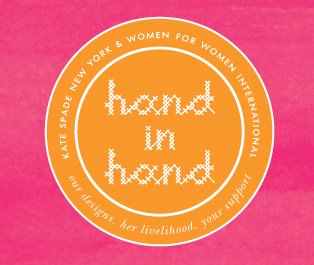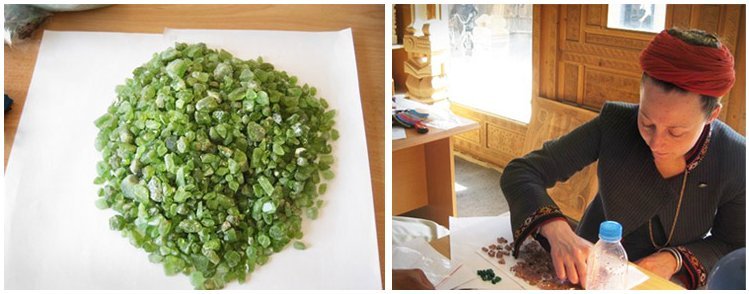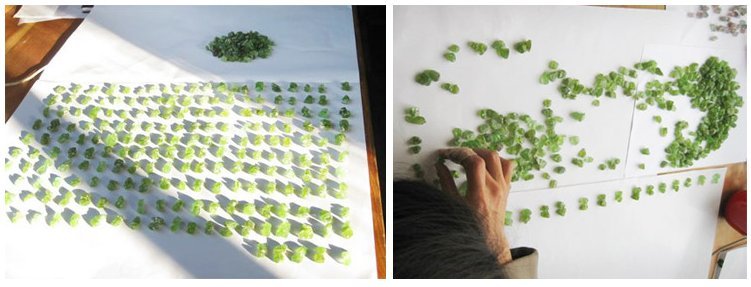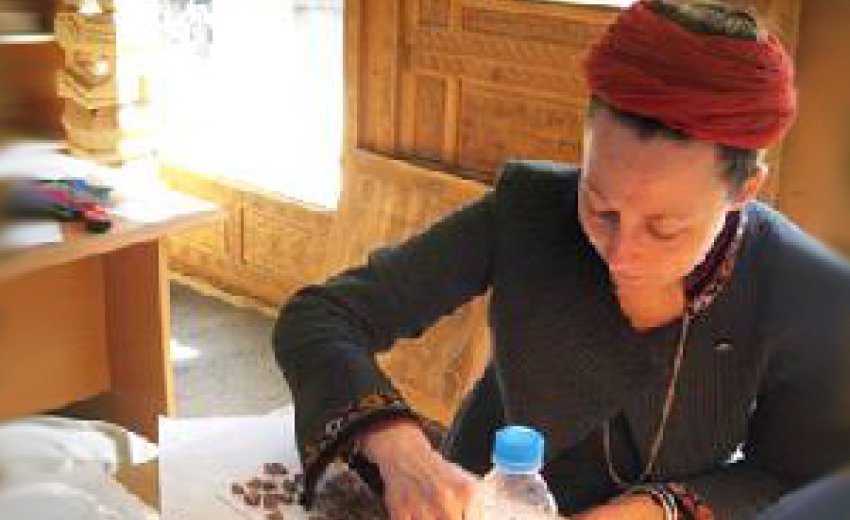a few minutes with…Siri Trang Kaur Khalsa, director of business development for the turquoise mountain foundation

THE PARTNERSHIP

we’re thrilled to introduce our royal bazaar collection of raw precious and semi-precious gemstone earrings, handcrafted in afghanistan at the turquoise mountain foundation. along with our women for women international (wfwi) hand in hand project, working with the foundation to offer this jewelry in our kate spade new york (ksny) shops and on our website has been an important part of our commitment to helping afghanistan rebuild its economy and redevelop its traditional crafts. we recently had the privilege of hosting siri trang khalsa, turquoise mountain’s director of business development, at our office while she was in new york on a trip from her home in kabul. we asked siri to tell us more about the foundation’s unique mission.
tell us how the turquoise mountain foundation was started:
afghan president karzai and prince charles prince of wales requested the establishment of the foundation in 2006 with the goal of regenerating afghanistan’s historic urban areas, renewing traditional afghan arts and architecture and spurring sustainable development of the nation’s crafts industry.
what is your background and how did you find yourself living in kabul and working with turquoise mountain?
i was born in new york and grew up in new mexico and boston. my background is in both business and politics—i have two master's degrees, one in international relations from the fletcher school at tufts university and the other in public administration from the kennedy school at harvard. my family owns yogi tea and i was working with the company when i decided to join former new mexico governor bill richardson’s presidential campaign. after he left the race, i moved to the obama campaign and learned that the state department was looking for people to go to afghanistan to generate economic development projects. i was offered a position in this program and was doing a lot of work in the mining industry, which is how i learned about turquoise mountain’s gem business. i’ve been the foundation’s director of business development for a year and a half.
explain to us how artisans are trained in the turquoise mountain program:
the foundation opened the institute of afghan arts and architecture in 2007 to train students in four traditional crafts: jewelry making, woodworking, calligraphy and ceramics. in addition to learning these skills, students, both male and female, between the ages of 14 and 30, study a full academic curriculum and graduate with two degrees—one in academics and one in their chosen craft.
where are the artisans employed after they graduate from the program?
working on this had been a big part of my job—to sustain the school and have jobs for the graduates, we have to expand the market for afghan goods. afghanistan has an amazing wealth of talent and raw materials but it’s suffered from being at the lowest end of the value chain—at the moment, so many of its materials get sent to other countries for production which means that the profits from the finished products leave afghanistan. i’m working to develop markets for these products that will keep entire industries in the country. without these markets, traditional skills can be wiped out in just a single generation.
we understand that the plan is for turquoise mountain to eventually be run by the afghan people. when will this happen?
the original plan was for the program to be turned over to the afghans after five years. this turnover recently took place and right now i’m the only non-afghan still working with the foundation in kabul. i’m continuing to serve as a bridge between turquoise mountain and the rest of the world. i love my role—i’ve come to understand that the best weapon in the war in afghanistan is jobs.

the partnership

